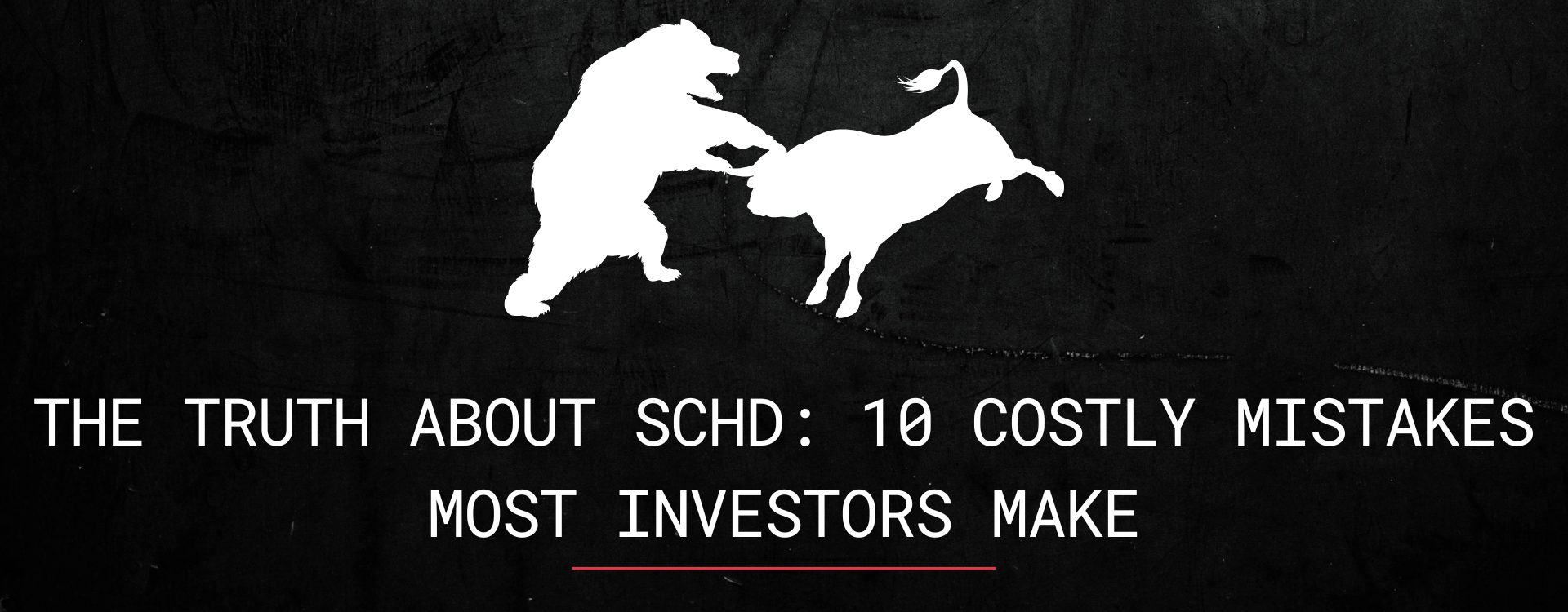We’ve all been there: starting out in the trading world and feeling a bit overwhelmed by the flood of information. Here’s a short list of essential tips that every trader should have in their toolkit, whether you’re just starting out or refining your approach. These tips are designed to help you avoid common pitfalls, manage risk, and trade more confidently.
1. Avoid Trading on OPEX and Quad Witching Days
OPEX (Options Expiration) and Quad Witching days can bring unpredictable volatility, making them dangerous for inexperienced traders. If you’re not prepared for the sharp swings and fast moves, it’s better to sit these days out.
2. Be Cautious Around Economic Announcements
Don’t trade right before major economic announcements, especially in volatile markets. Economic data releases can send the market into overdrive, and you don’t want to be caught off guard by sudden price movements. Instead, wait until the market digests the news and provides more clarity.
3. Steer Clear of Trading Around Earnings
One of the quickest ways to lose money in options trading is getting caught by Implied Volatility (IV) Crush. Trading a stock right before earnings can be tricky—IV is high before the announcement, and after the event, premiums can collapse, even if the stock moves in the direction you expected. Be cautious of trading close to earnings dates.
4. Use “Buy to Open” for Day or Swing Trades Only
When day or swing trading, it’s wise to stick to “Buy to Open” positions. Reserve “Sell to Open” for covered calls or advanced strategies, unless you’re experienced in spreads to cap your risk. Know when to buy and when to sell to protect yourself.
5. Sell to Open Only with Covered Calls
Stick to selling options in strategies where you control the risk. Covered calls are a great way to generate income on stocks you already own. However, if you are venturing into riskier trades, make sure you open spreads to limit your downside.
6. Practice with Paper Trading
You won’t learn the ropes overnight. Paper trading (simulated trading with no real money) for 30 to 180 days can give you the confidence to understand how price action works. It’s critical to review your trades and find the stocks and symbols that perform well for you. Start by focusing on the most liquid names such as SPY, QQQ, AAPL, TSLA, and AMZN, where you’ll get better fills and more consistent behavior.
7. Mastering the Options Chain
Knowing how to pick the right option is crucial to your success:
- 0DTE (Zero Days to Expiry): These options can be highly profitable if you’re quick. Enter and exit by 10:30 AM to avoid being crushed by theta decay (the time value that erodes an option’s price). Don’t venture too far out-of-the-money (OOTM).
- For smaller accounts, particularly with volatile stocks like TSLA, you might only find opportunities on Thursday and Friday due to the more affordable premiums near expiration.
8. Be Specific with Entries and Exits
Both entries and exits are equally important in trading. Before you jump into a trade, define:
- What confirms your trade?
- What invalidates your trade?
Never enter a trade hoping for a move. Instead, wait for confirmation, which often comes from understanding volume and price action. A couple of great resources to help with this are the books “Reading Charts Bar by Bar” and “Volume Price Analysis” by Anna Coulling.
9. Risk/Reward (R) is Everything
Understanding your Risk/Reward (R) ratio will change how you view trades and can help you make better decisions, especially when trading with smaller accounts. Here’s a mental trick:
- Ask yourself, “Would I invest $100,000 into this trade?” If the answer is no, don’t invest even $25.
- Ask, “Would I sell this position if it were up 25% on a $100,000 investment?” If the answer is yes, sell it on your smaller position too. Don’t hold on hoping for a 10x return when the logical move is to take profits.
Pro tip: Start small. Trading 3-5 contracts allows you to scale out gradually, locking in profits as the move progresses or cutting losses when necessary.
Learn RMath with This Simple Example:
Let’s break down a trade expecting a stock to move from $300 to $305:
- You buy a contract at $302.50 for $100 at 2 OTM.
- Delta is 0.33 (which indicates the option’s sensitivity to price movement).
- With a $5 move and a 0.33 delta, that equates to a $165 potential profit on your contract.
- Now calculate your R:R:
$100 / ($100 + $165) = 165% potential profit.
Notice how the closer you are to expiration, the better Ryou get. On a Monday, your premiums will be higher, so you need a bigger move. By Thursday, with lower premiums, your Ris much better for the same stock move.
This is key for day traders—make sure you understand how time affects your contracts.
Final Thoughts: Journal & Optimize
One of the most critical habits you can develop as a trader is journaling. Record not just your trades but also your psychology, mistakes, and thought processes. Breaking down your performance helps you focus on what works and what doesn’t.
Use a modified version of the ABC method (popularized by Jared Tendler’s “The Mental Game of Trading”):
- A: Your best setups—trade these confidently.
- B: Trades that need more development—practice but don’t overcommit.
- C: The bad habits you must eliminate immediately—like buying 0DTE contracts 5 OTM at 2 PM (bad idea!).




